Digital Photography 101: Low-light photography, part 4
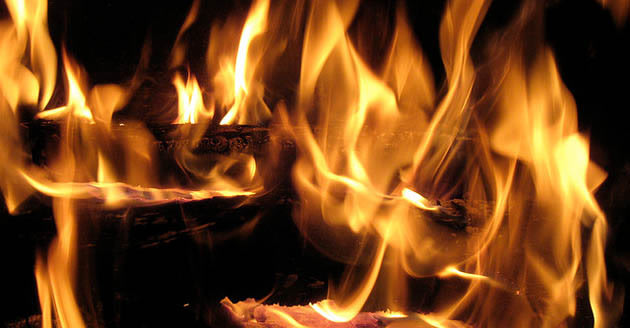
CampfireHuman beings have been fascinated by fire since the first person struck a spark between two stones, and would watch in awe as lightning ignited a forest. Whether it's a softly flickering candle, a crackling campfire, or someone creating beautiful light trails by spinning fiery balls on chains in the performance art known as fire poi, fire can certainly lend itself to beautiful photographs. In part 4 of our low-light photography series, we'll discuss some of the methods and tricks to capturing its beauty.
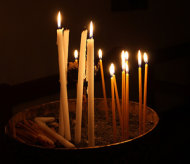 Candles What type of fire?
Candles What type of fire?Fire comes in all sorts of intensities, and they all require different camera techniques. That's because at the heart of fire is light, and the light produced by a single candle is vastly different than that produced by a bonfire, which is completely different from, say, the fiery blast of a space shuttle launch. So keep in mind the size of your fire and how much light it is putting out, as that will affect how your camera reacts and what settings you will need to use. For almost all cases, you'll definitely need a tripod!
Light one candle
The most basic fire photography involves candlelight. This is a good place to start, since it's pretty easy to set up and regulate. A candle doesn't put out very much light, so to capture the flame you'll need a pretty dark room. If your goal is to photograph the candle and its flame itself, then make sure you set your exposure by the light of the flame, not the room around it. That way you'll be sure not to over-expose the hot center of the flame. Use a simple composition — candles are beautiful enough in their own right, and generally can provide stunning subjects without anything else in the picture.

Candlelight A bit of romance
Photographing people lit by the warm glow of candles is wonderfully romantic, but can be tricky. Since candles provide such a small amount of light, you will need to use a slow shutter speed and a wide aperture to get a bright enough exposure to see your subject. They will need to hold very still, as the slow shutter speed will pick up any movement they make and show it as blur.
It's helpful to use a white tablecloth, if your subject is sitting at
a table, and either white or light-colored walls or paper backdrop.
This will reflect as much light as possible back onto your subject, and
help reduce the number of dark shadows around them. Also, pay attention
to the positioning of your candles — if you cluster them all in a group,
the light will be more direct (and create harsher shadows); if you
spread them out a bit, the light will be more subdued and softer.
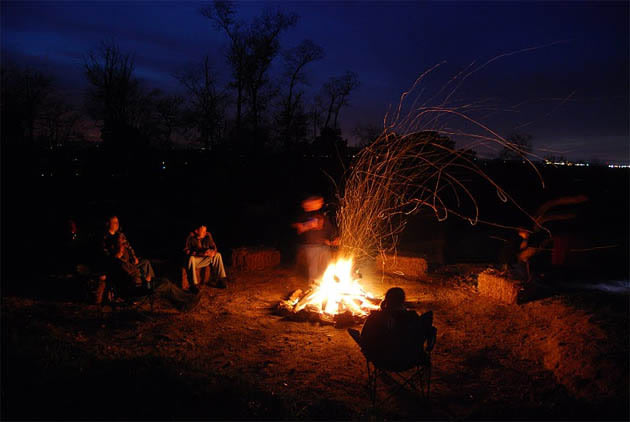
Campfire Pull up a marshmallow
There's something about a nicely crackling campfire that lends itself to introspection, camaraderie, and storytelling — or to wild and uninhibited dancing about, if you're so inclined. A campfire or bonfire puts out quite a bit more light than a candle, obviously, but you still have to carefully consider your exposure and what sort of composition you're going for. Using a faster shutter speed (you'll need a very wide aperture to achieve this) will freeze the flames in place, but you'll have less light to illuminate any people or objects around the fire. A slower shutter speed will give the fire softer edges but allow you to capture the light trails of embers as they float into the air, which can be a pretty fun effect. Just be aware that a longer shutter speed will blur any movement by the people in your photo.
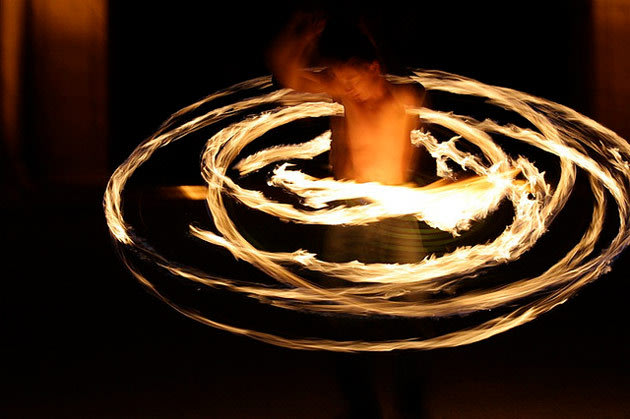
Spinning PoiFire painting
The techniques for photographing the flying lights characteristic of someone spinning poi, or even just playing with sparklers, are similar to those outlined in our painting with light column. Like photographing a campfire, how you shoot such a photo depends on the effect you're trying to achieve. A faster shutter speed will come closer to freezing the moving flames and the person moving them. A slower shutter speed will turn the light into swirling lines and circles, and blur the person behind them. Both are interesting and beautiful effects.
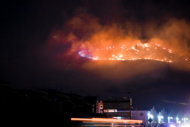
WildfireThe big burns
Other types of fire can also provide some beautiful photographs. For example, if you have the dubious luck of being somewhat close to a large wildfire (but hopefully not anywhere close to harm's way!) you might be able to capture some stunning shots at night, when you can see the true scope of the blaze. Obviously, you should never, ever put yourself in harm's way while attempting to get such photographs. These shots can still be impressive, while being safer to obtain, from a good distance away.
You'll only have one more chance to capture a U.S. space shuttle launch on film; the shuttle Atlantis
is due to blast off on July 8th, 2011. Shuttle launches provide a
particularly spectacular visual, but can also be challenging to
photograph due to both the daytime lighting conditions and the
incredible brightness of the rocket booster. For more tips on how to
work around those difficulties, check out our column on photographing a shuttle launch.
Obviously, fire can be dangerous.
Never do anything to put yourself in danger just to get a picture. But
under controlled conditions, it can be the subject of beautiful
photography.

No comments:
Post a Comment
Note: Only a member of this blog may post a comment.